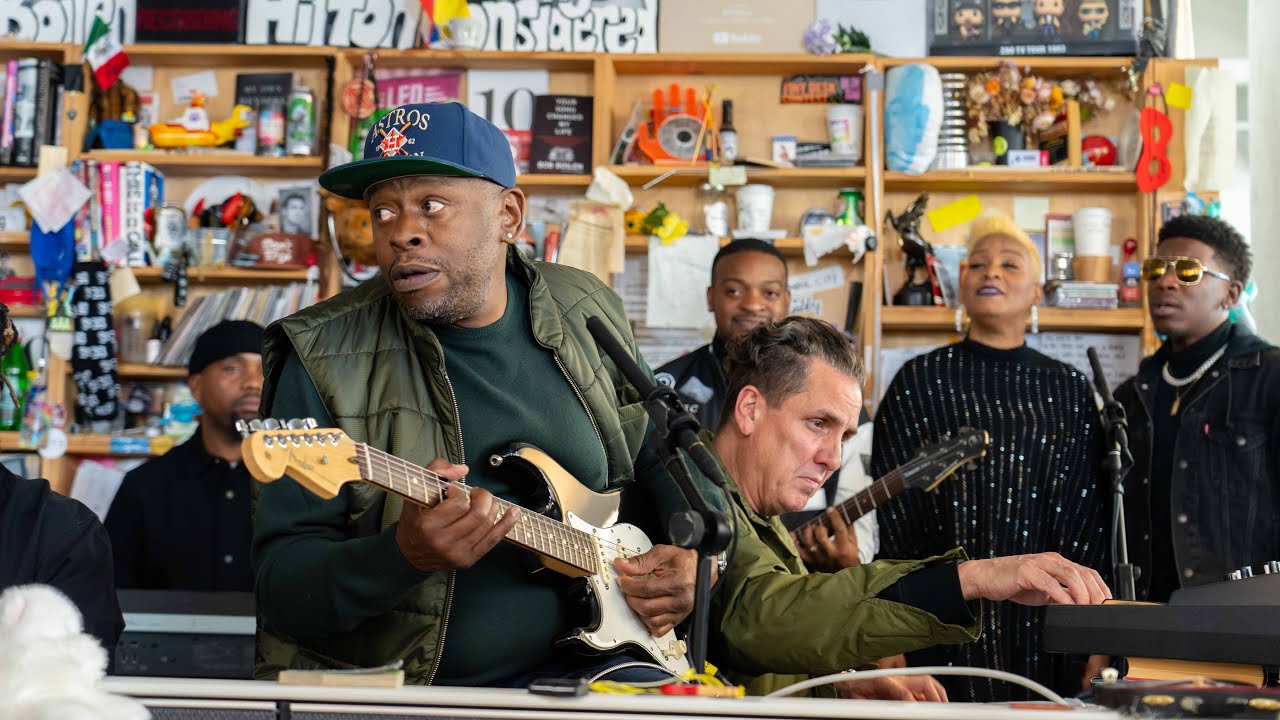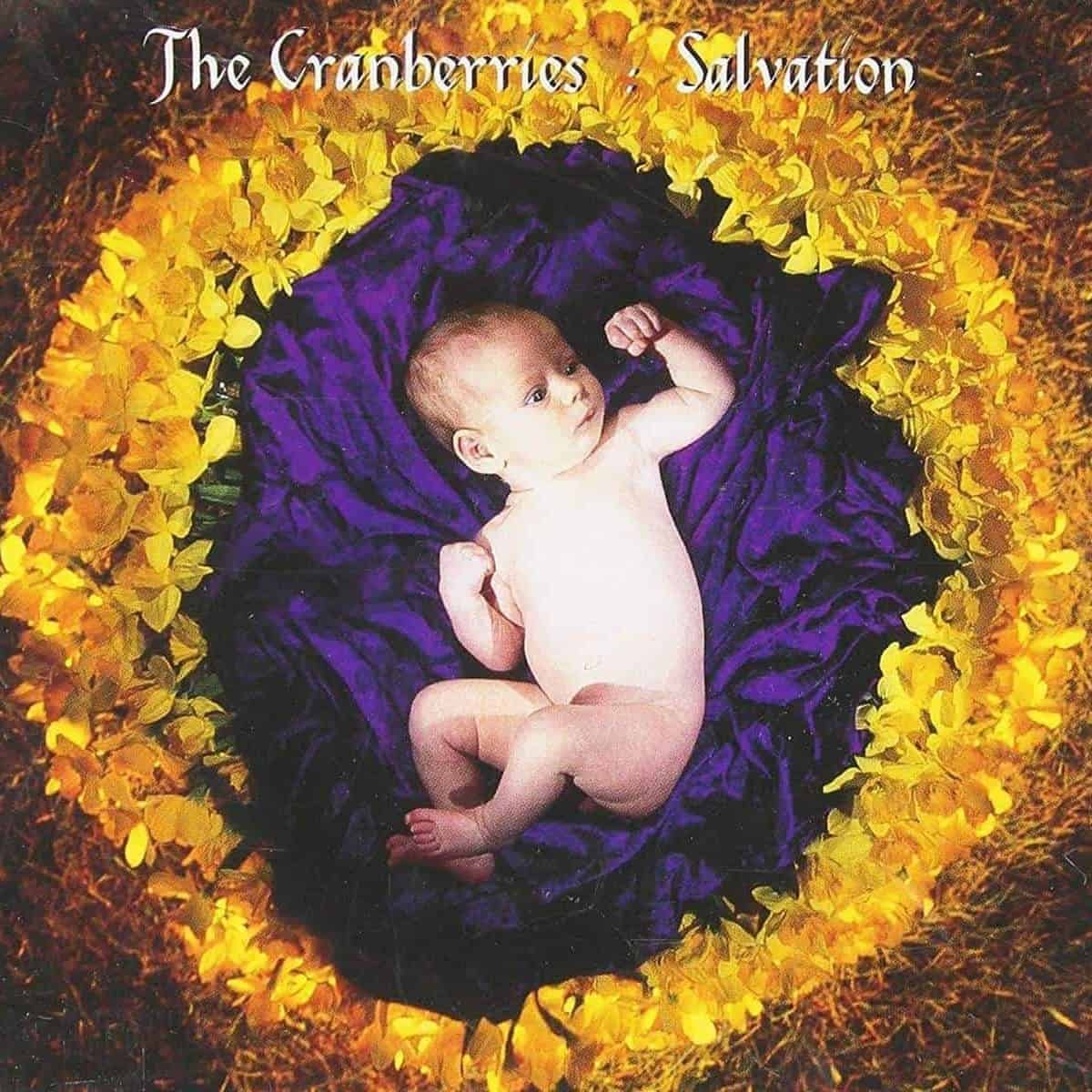The Roots Picnic — the once Philly-centric Black music festival, which over 16 years has become a perennial soft launch for the summer concert season here in the Northeast — can now safely be thought of as a national event. Atlanta's Gunna graces the same stage as North Carolina's Fantasia Barrino. St. Louis natives Smino and current sex-rap queen Sexyy Red follow each other as gospel is performed on a stage within earshot. Redman and Method Man, Ghostface and Nas, all New Yorkers and occasional collaborators, hit the stage for separate sets. The headliner of the weekend was a kind of New Orleans review: Lil Wayne on stage with his Nola compatriot, the horn player Trombone Shorty.
Sunday afternoon at the "Presser Stage" — an amphitheater built into a steep hill halfway up from the main stage at the Mann Performing Arts Center in West Fairmount Park — was dedicated to the DMV, just a few hours down I-95, with performances from DC's Wale and Go-Go legends the BackYard Band. The set opened with a shoutout to "PG [Prince George's] County," a famous DC suburb in Maryland, and rainbow-striped Wizards hats dotted the unofficial "over 25" crowd of grown folks. The band had their "lead talker" and founding member Anwan Glover (perhaps more readily recognized for his role as Slim Charles on The Wire) and 10 other pieces behind him, including a rapping tambourine player, a backup singer, a cowbell player, and of course, a conga set, amongst others. But in the Roots Picnic spirit, an ethos of cultural bleed and unstructured jamming that rejects the polished setlist of hits played straight ahead, he'd be joined on stage by two other accomplished vocalists: 2000s pop star (and former Georgetown student) Amerie, and Scarface.
Halfway through the BackYard set, the 53-year-old rapper from Houston strolled on stage and seamlessly ran through a light selection of his hits. Scarface has always been an old soul whose book matched the cover, one of those guys who look 50 when they're young, then never age for 30 years. Sunday afternoon was no different. He looked fit, but it was hard to tell in a baggy, navy blue blank T and the same flat-brimmed Houston Astros fitted he wore during last winter's Tiny Desk performance.
He spit crisply, enunciating with perfect breath control and no backing vocals ("no backing vocals" was a kind of guiding principle for the weekend). It wasn't their first time playing together, but the synthesis of Scarface and the BackYard Band has hit its stride. They brought new life to Face's work, injecting conga dense bounce, funk, and swing into a predominantly stone-faced, downbeat classic like "Smile," bringing value add to a setlist that might not necessarily read as the live crowd mover it was. It was less a Scarface set than Jack Nicholson in the ‘80s, a star wildly overqualified for the supporting roles he's killing. He rapped just enough to make an impression, danced a little, shared a 2Pac anecdote, led a bit of Go-Go call and response, and stepped aside leaving the audience wanting more. It was charming, the kind of cross pollination — of regions, of genres, of generations — that makes Roots Picnic so unique.
It was also yet another bit of savvy career maneuvering from Face, an industry survivor who has lived many lives, from ‘80s product (in the Geto Boys, conceived as N.W.A-knockoff gimmick rap that worked — thanks to its incredible collection of talent — far better than any cynical exec could have designed), to firebrand independent solo artist setting the language and tone for Southern rap in the early ‘90s, to corporate bigwig as the label head of Def Jam South, to old master negotiating rap's nostalgia circuit. Each stage of his career has come with a thoughtful reframing of his persona and his work, and the past six months have shown this iteration is no exception.
It began in late December when Scarface appeared on NPR's aforementioned, masterfully curated and executed video series, Tiny Desk Concerts. It was a 30-minute, six-song episode of This Is Your Life, directed by the subject, making detours across his decades-spanning body of work with his longtime friend and collaborator Mike Dean. This was an emergent side of Scarface that's been burbling since The Fix, a weathered warmth, with the lifetime musician occasionally noodling on a guitar, peppering the set with banter between songs. A latent humanity from the onetime grim reaper. The Tiny Desk performance's instant virality proved there was still appreciation and appetite for new live Scarface experiences, and more importantly, it seemed to spark something in the rapper who has toyed with retirement since 2022's advertised "farewell tour."
Scarface is hardly the first rapper to unretire, and this spring he did just that, expanding his Tiny Desk performance and taking it on the road with a "Behind The Desk Experience" in which he was billed as Brad "Scarface" Jordan. In both this tour and his Roots Picnic set, we see Scarface expanding the idea of who he is and where he believes his music belongs. The Scarface is in quotes sandwiched by his government name; the live instrumentation is subdued and soulful. It's the horrorcore gangsta rapper, who once prided himself on dreaming up new ways to kill a dozen opps in every verse, recasting himself as a virtuosic lounge act.
The generation of rappers that emerged during hip-hop's ‘90s "Golden Era" extended what was once an abbreviated life cycle for the rap star. Through rap's first two decades, with few exceptions (LL Cool J, KRS-One, and Too Short are exceptions, not the rule) rap-star careers were characterized by a brief peak run of a few masterful, generation-defining albums over a few years, followed by a fairly rapid descent into stale irrelevance. The rappers that found success in the ‘90s have enjoyed a longer tail. Nas is still prolific, churning out projects at a frankly stunning clip to an enthusiastic, mature, somewhat niche fan base. Institutional legends like Jay-Z and Snoop rarely make music or perform anymore, but when they do, at the Tonys or the Super Bowl, it goes viral and makes headlines. There's a kind of logic to this. Rap, and the kids who grew up with it, have reached middle age, so obviously there is a market for "adult contemporary rap."
With the advent of streaming, and technology changing our relationship to music, we've seen older rappers grapple with their standing and their audience in a variety of ways. Some underappreciated greats, like Project Pat, are benefactors of the algorithm's random lottery, and finally having the majority of their catalogs available to a younger generation with a scroll, doing little to find new life. Some are bumping up against the generational divide, as Method Man did the day after his Roots Picnic performance, in front of a Summer Jam crowd that skewed more Gen Z/Alpha. His group, The Wu-Tang Clan, is currently participating in a radical project, partnering with an *ahem* NFT collective and touring their long lost album, Once Upon A Time In Shaolin around the world in special listening sessions in an effort to re-inject scarcity into music and elevate the rap album to the level of fine art.
It appears Scarface is up to something else, an act of gentle repositioning and repackaging his classic catalog. With experiments like the Tiny Desk performance and the ensuing tour behind it, as well as showing up for a Go-Go jam session at a rap festival in Philly, Scarface could be entering into his version of a Tony Bennett period, exhuming his standards and finding ways to re-engage his lifetime audience through recontextualization, winning new fans through playing with both genre and medium. For someone without crossover superstardom on the level of Jay or Snoop, it's a smart pivot, and it seems to be working. As Scarface waved peace to the crowd and walked off to an appreciative roar, all was well in Philly.
We rely on reader subscriptions to deliver articles like the one you're reading. Become a member and help support independent media!






